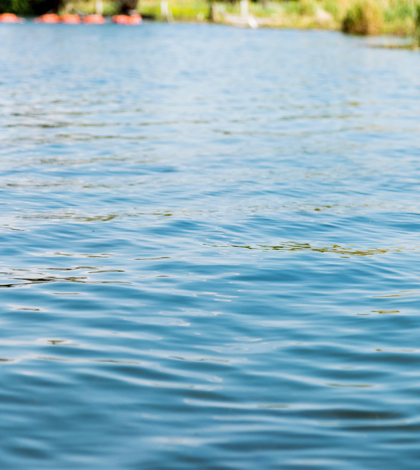The good news is that six key reservoirs in Northern California have begun water year (WY) 2017 with 4.9 million acre-feet of water. The bad news is California is still gripped by the drought conditions that have persisted for the past five years and forecasters still don’t have a clear picture of what to expect for WY 2017.
The U.S. Bureau of Reclamation’s Central Valley Project (CVP) reported late last week on the status of the six reservoirs and the federal share of the joint federal/state San Luis Reservoir (SLR) it owns. Between SLR and Shasta, Trinity, Folsom, New Melones and Millerton reservoirs, Reclamation is reporting that the existing reservoir water is 82 percent of the 15-year average annual carryover of 6.0 million acre-feet. It is also 2 million acre-feet more than the amount with which the Mid-Pacific Region began WY 2016 on Oct. 1, 2015. This is 70 percent more water in the reservoirs than a year ago but lower than the long-term average.
Good news notwithstanding, the six reservoirs are still at only 41 percent of capacity.
As the largest single source of irrigation water in the state, Reclamation’s Central Valley Project typically supplies water to about 3 million acres of agricultural land in the San Joaquin and Sacramento valleys and along California’s central coast. They also provide urban water for millions of people and industrial water essential to the San Francisco Bay Area’s economy.
“Although overall CVP water supply conditions improved in WY 2016 compared to WY 2015 and WY 2014, we continue to face difficult circumstances as we deal with the ongoing effects of the drought,” said Mid-Pacific Regional Director David Murillo. “We got through WY 2016 by working closely with our water users and their willingness to work together to develop creative solutions to a multitude of challenges.”
Murillo continued saying, “We hope that water supply conditions improve as we move into WY 2017 but know we could be facing a sixth consecutive year of drought. Regardless of conditions, we will continue to collaborate with our water users, stakeholders and agency partners to best manage our critical water resources.”
CVP water is crucial for the environment, wildlife and fishery restoration, and hydroelectric power production. During WY 2016, CVP power plants generated about 3.5 billion kilowatt-hours. Project use consumed about 25 percent of this energy; the remaining energy was made available for marketing. The Mid-Pacific Region’s hydroelectric generators have a combined capacity of approximately 2.1 million kilowatts.
Reclamation will continually monitor and evaluate hydrologic conditions throughout WY 2017 and will adjust water supply allocations, as warranted, to reflect updated snowpack and runoff. Current allocations and background information are available at www.usbr.gov/mp/cvp-water/.
The recent report from Reclamation does not include data from the 34 storage facilities, reservoirs and lakes owned by the California State Water Project.
 California Water News Daily Your Source For Water News in California
California Water News Daily Your Source For Water News in California


